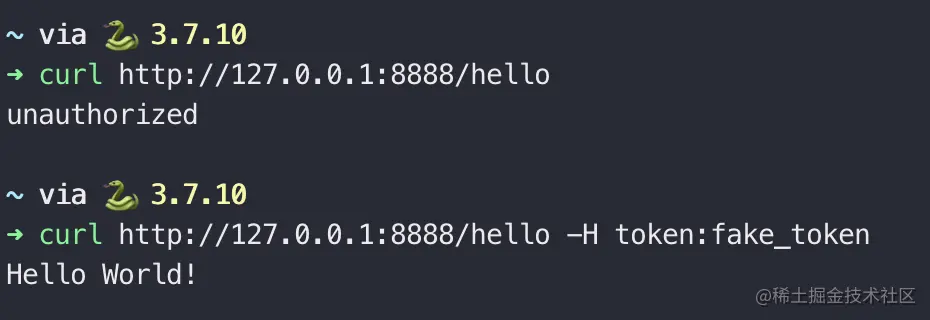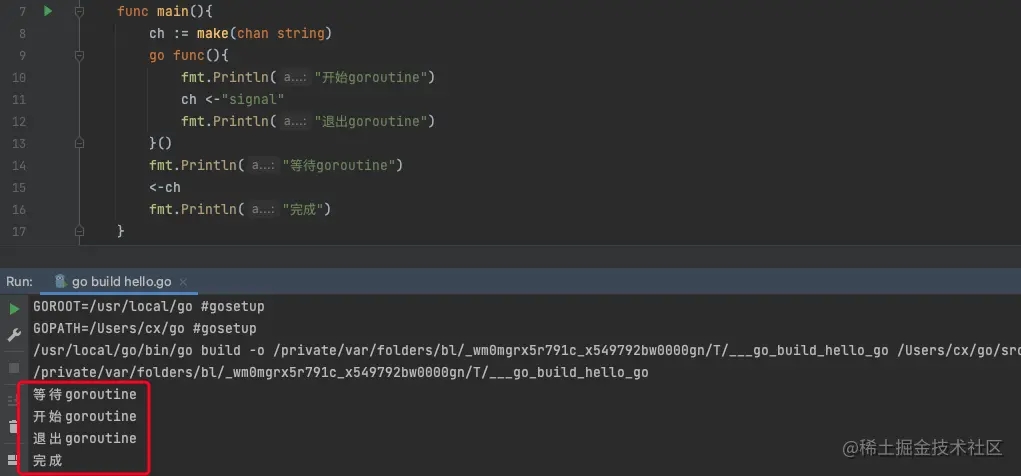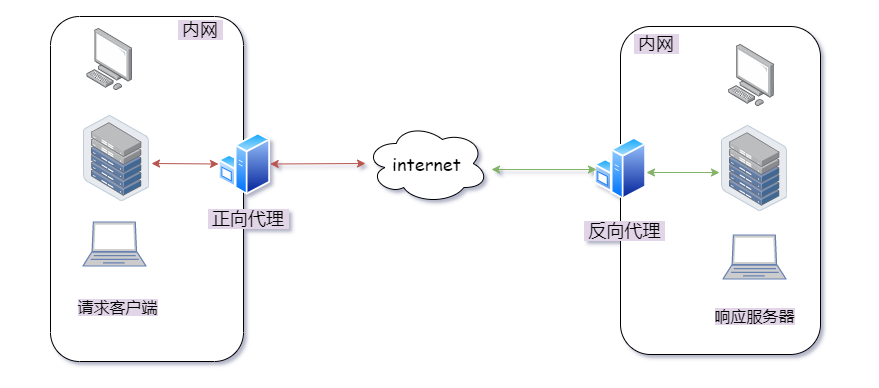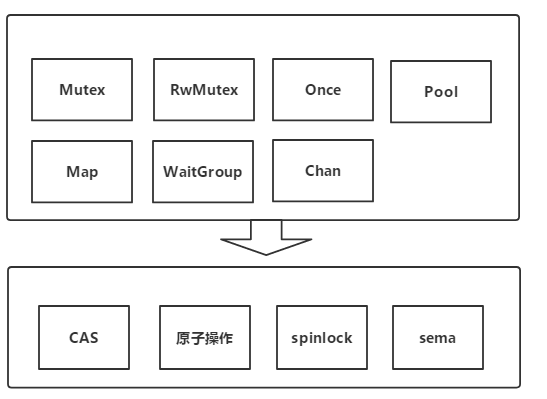概述
我们已经知道 Go 语言提供了 sync.Pool,但是做的不怎么好,所以有必要自己来实现一个 pool。
给我看代码:
type Pool struct {
pool chan *Client
}// 创建一个新的 pool
func NewPool(max int) *Pool {
return &Pool{
pool: make(chan *Client, max),
}
}// 从 pool 里借一个 Client
func (p *Pool) Borrow() *Client {
var cl *Client
select {
case cl = <-p.pool:
default:
cl = newClient()
}
return cl
}// 还回去
func (p *Pool) Return(cl *Client) {
select {
case p.pool <- cl:
default:
// let it go, let it go...
}
}
总结
现在不要使用 sync.Pool
以上就是Go语言中如何使用 buffered channel 如何实现线程安全的 pool。错过了,就错过了全部,就算在怎么努力也回不到从前了。更多关于Go语言中如何使用 buffered channel 如何实现线程安全的 pool请关注haodaima.com其它相关文章!





